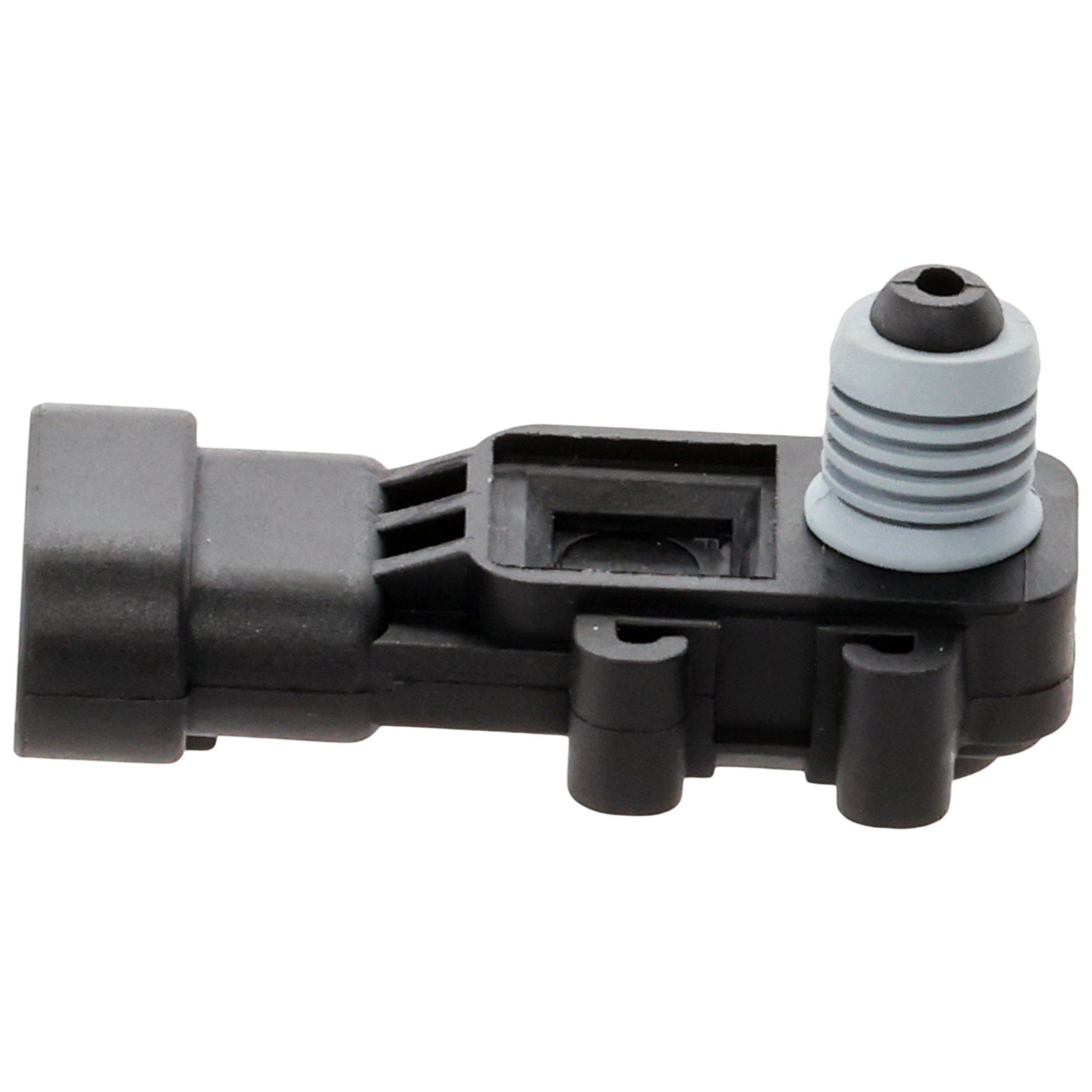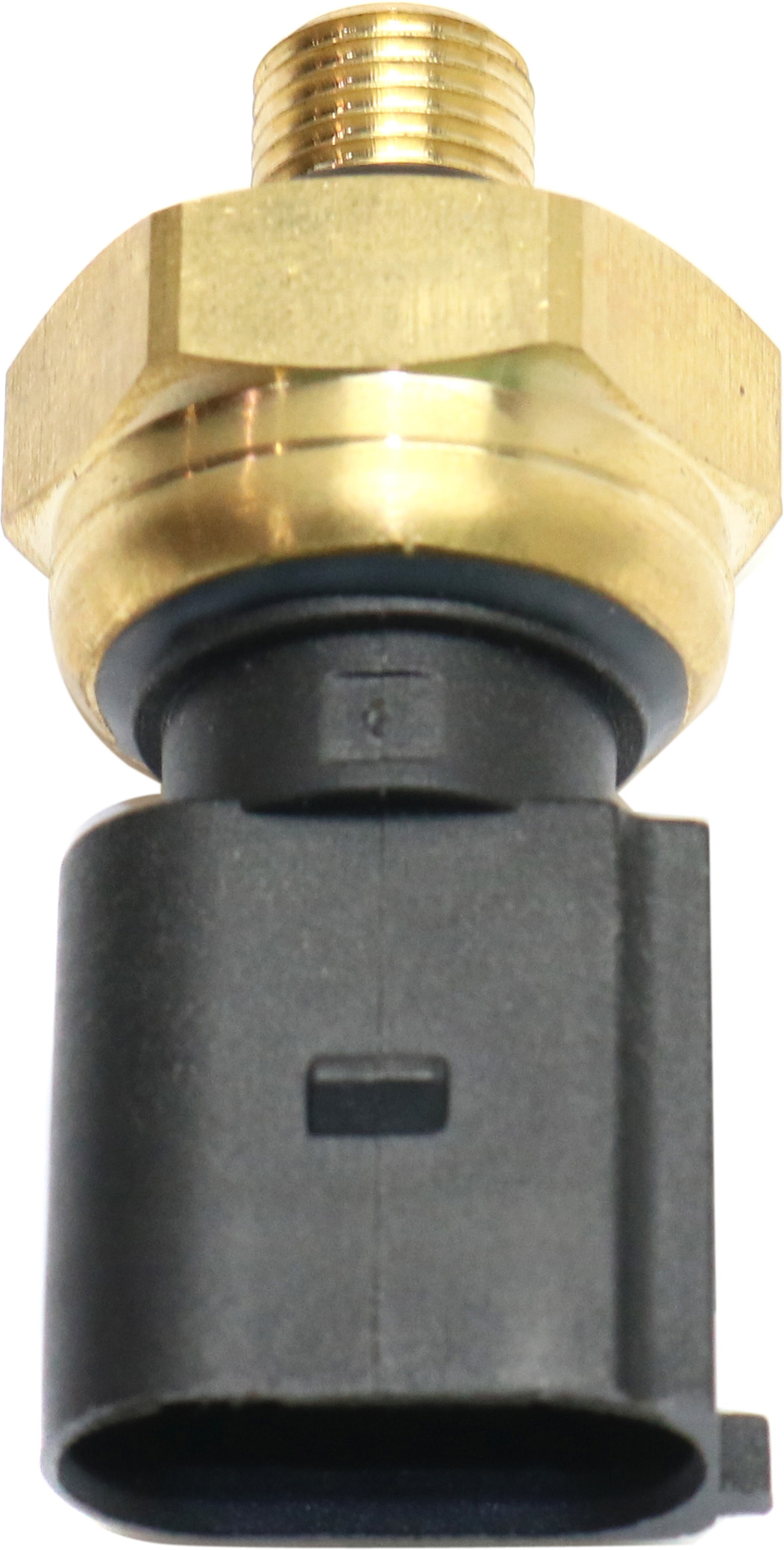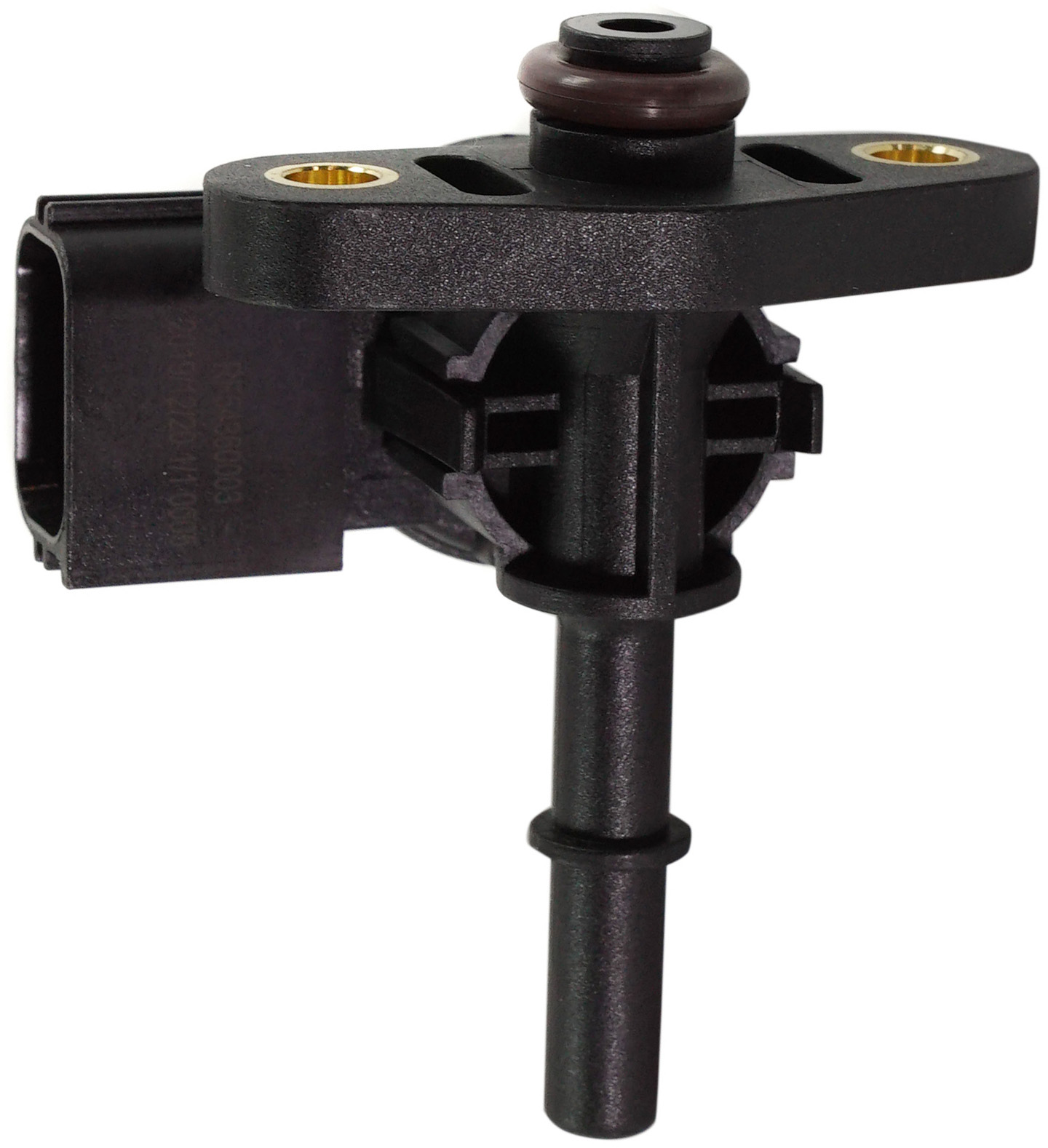One of the most critical factors that affect engine performance is fuel pressure. The fuel rail pressure sensor is a device that monitors fuel pressure inside the fuel rail. This information is relayed to the powertrain control module (PCM) by means of a voltage signal.
Fuel rail pressure data is one of the variables that the PCM uses to calculate the amount of fuel that needs to be delivered to the engine. If the PCM receives a signal from the fuel rail pressure sensor that is abnormally high over a set period, the P0193 code is set.

What Does the P0193 Code Mean?
Diagnostic Trouble Code (DTC) P0193 stands for “Fuel Rail Pressure Sensor “A” Circuit High.” It is logged when the PCM perceives that the signal from the fuel rail pressure sensor exceeds the calibrated limit over a specified amount of time.
Understanding common rail fuel injection systems may help you better address this issue if you’re planning a DIY fix. You may read our technical discussion here.
Note: The definition of code P0193 may be different depending on the vehicle manufacturer. Consult the appropriate repair manual or repair database for the exact code definition.

What are the Possible Causes of the P0193 Code?
A high fuel rail pressure signal condition may be caused by an electrical or mechanical fault. The cause may depend on the vehicle manufacturer, fuel system, and fuel type.
- Defective fuel rail pressure sensor
- A problem in the fuel rail pressure sensor circuit
- Fuel rail pressure sensor signal is shorted to voltage
- Fuel rail pressure sensor return circuit is open
- Abnormal fuel pressure
- PCM failure

What are the Common Symptoms of the P0193 Code?
- Check engine light is illuminated
- Reduced gas mileage
- Lack of power
- Engine hesitation or stalling at stop signs
- Tailpipe emissions may smell unusual
- Fuel trim codes (P0172 fuel system too rich) may be triggered
- Failed vehicle emissions test
- In rare cases, no observable symptoms
How to Diagnose the P0193 Code
NOTE: If any of the fuel supply lines or the fuel rail pressure sensor are removed on a common rail system, the component must be replaced, so don’t remove a line or a sensor unless you have a new one with which to replace it. The soft iron seat will only seal once.
The P0193 code can be set in a variety of vehicles. But despite being considered a generic trouble code, the steps for diagnosis and repair may vary between makes and models. For example, the troubleshooting process of a code P0193 in a Ford may differ from that of an Isuzu’s.
Note that other engine problems will usually present symptoms that are similar to those listed above. To avoid misdiagnosing this error code, it’s a good idea to seek the help of a licensed mechanic. Here are some videos that will give you an idea of what the troubleshooting process might involve:
How to Fix the P0193 Code
You should only attempt to do repairs for this trouble code if you have extensive automotive knowledge. If you’re unsure of any aspect of the troubleshooting process, bring your vehicle to an auto repair shop. This will ensure that you’re not misdiagnosing the problem and overlooking parts that need to be replaced in the first place.
For advanced DIYers who wish to perform diagnosis and repair for this code on their own, it’s a good idea to review vehicle repair manuals like those from Chilton. You may also get vehicle-specific repair information from an ALLDATA subscription.
How to Get a Quality Replacement Fuel Rail Pressure Sensor
If your fuel rail pressure sensor develops an issue that sets a trouble code like the P0193 code, avoid using your vehicle until you repair the problem or install a replacement part. Related problems, like reduced fuel efficiency and engine trouble, can cost you far more than a replacement sensor in the long run. For a competitively priced, high-quality fuel rail pressure sensor, look no further than CarParts.com.
Here at CarParts.com, a new fuel rail pressure sensor is just a few taps or clicks away, thanks to our streamlined search and ordering process. Enter your car’s details, like year, make, model, and engine in our vehicle selector, and it will show you only parts that will fit your vehicle. Our products come from trusted manufacturers, so you’ll surely get your money’s worth.
Get your car back in tip-top shape with a new fuel rail pressure sensor from CarParts.com. Shop now to enjoy the best deals.
Products Mentioned in this Guide
Shop this Project



Any information provided on this Website is for informational purposes only and is not intended to replace consultation with a professional mechanic. The accuracy and timeliness of the information may change from the time of publication.



 Fuel Pressure Sensor
Fuel Pressure Sensor
 Fuel Rail
Fuel Rail



















